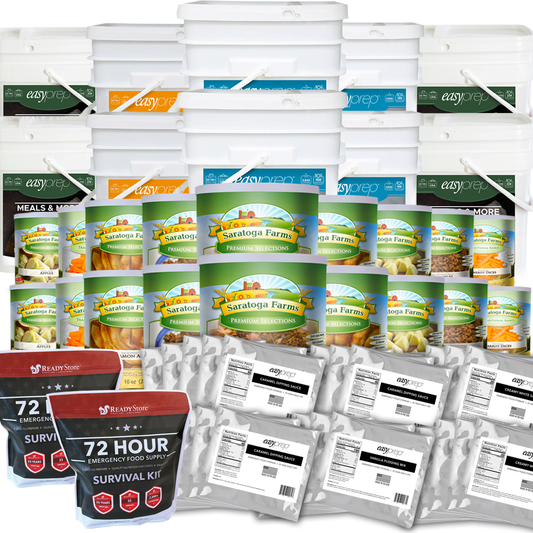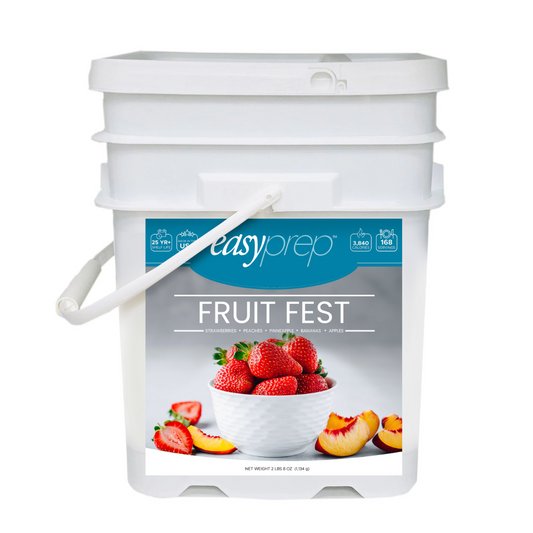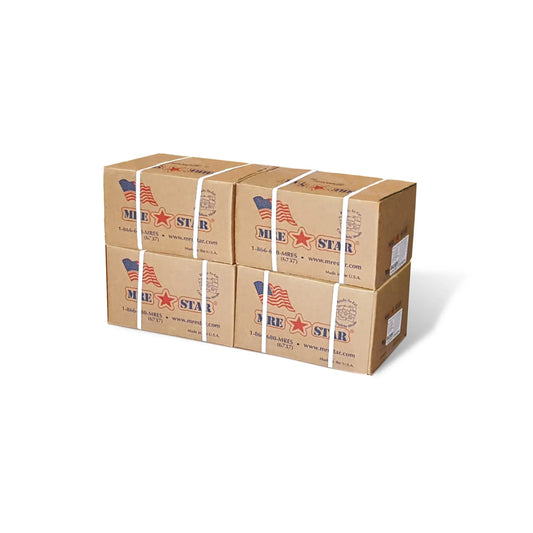Preparing Your Home Against a Wildfire
18 Aug 2015
Wildfires are one of the most common natural disasters in the United States. On average, there are more than 100,000 wildfires that burn 4 to 5 million acres across the country each year. Ninety percent of these fires are caused by humans with the most fire-prone regions being in the north-western states, like California, Washington, and Idaho.
Fire is a strong force in nature and can be difficult to contain due to weather conditions like wind and drought. Fire can spread very quickly and can become out of control in the blink of an eye. However, there are a few precautions you can take to protect your home and your family.
 A defensible space is the area between your house and the surrounding wildlands where you have modified the vegetation. In other words, it is the space in your yard where you have landscaped by either adding flower beds, lawns, and rocks that may include different types of plants than those found in the wild around your home.
When creating a defensible space, you need to consider the vegetation surrounding your home, as well as the slope of your lot. If you have vegetation that tends to dry out in the summer, or if your lot is sloped, a larger defensible space is required because fire can more easily travel with those factors. A perimeter of 150 feet is recommended. If the lot is flat or vegetation is more lush, a defensible space of 30 feet is recommended.
A defensible space is the area between your house and the surrounding wildlands where you have modified the vegetation. In other words, it is the space in your yard where you have landscaped by either adding flower beds, lawns, and rocks that may include different types of plants than those found in the wild around your home.
When creating a defensible space, you need to consider the vegetation surrounding your home, as well as the slope of your lot. If you have vegetation that tends to dry out in the summer, or if your lot is sloped, a larger defensible space is required because fire can more easily travel with those factors. A perimeter of 150 feet is recommended. If the lot is flat or vegetation is more lush, a defensible space of 30 feet is recommended.
 Risk of ladder fuels can be reduced by creating a vertical separation between lower growing fuel and taller vegetation. A minimum of 3 feet is recommended. This can be done by cutting off lower tree branches, reducing the height of shrubs, or removing plants and shrubs around the base of trees altogether.
Risk of ladder fuels can be reduced by creating a vertical separation between lower growing fuel and taller vegetation. A minimum of 3 feet is recommended. This can be done by cutting off lower tree branches, reducing the height of shrubs, or removing plants and shrubs around the base of trees altogether.
 These items are easily combustible and could be a danger to your home. Roofs should be checked often, at least twice a year, for these conditions and should be taken care of immediately if they exist. You can also make your roof more fire-resistant by using fireproof or fire resistant shingles.
These items are easily combustible and could be a danger to your home. Roofs should be checked often, at least twice a year, for these conditions and should be taken care of immediately if they exist. You can also make your roof more fire-resistant by using fireproof or fire resistant shingles.

-
- Create a Defensible Space
 A defensible space is the area between your house and the surrounding wildlands where you have modified the vegetation. In other words, it is the space in your yard where you have landscaped by either adding flower beds, lawns, and rocks that may include different types of plants than those found in the wild around your home.
When creating a defensible space, you need to consider the vegetation surrounding your home, as well as the slope of your lot. If you have vegetation that tends to dry out in the summer, or if your lot is sloped, a larger defensible space is required because fire can more easily travel with those factors. A perimeter of 150 feet is recommended. If the lot is flat or vegetation is more lush, a defensible space of 30 feet is recommended.
A defensible space is the area between your house and the surrounding wildlands where you have modified the vegetation. In other words, it is the space in your yard where you have landscaped by either adding flower beds, lawns, and rocks that may include different types of plants than those found in the wild around your home.
When creating a defensible space, you need to consider the vegetation surrounding your home, as well as the slope of your lot. If you have vegetation that tends to dry out in the summer, or if your lot is sloped, a larger defensible space is required because fire can more easily travel with those factors. A perimeter of 150 feet is recommended. If the lot is flat or vegetation is more lush, a defensible space of 30 feet is recommended.
- Break up Plant Layers
- Eliminate Ladder Fuels
 Risk of ladder fuels can be reduced by creating a vertical separation between lower growing fuel and taller vegetation. A minimum of 3 feet is recommended. This can be done by cutting off lower tree branches, reducing the height of shrubs, or removing plants and shrubs around the base of trees altogether.
Risk of ladder fuels can be reduced by creating a vertical separation between lower growing fuel and taller vegetation. A minimum of 3 feet is recommended. This can be done by cutting off lower tree branches, reducing the height of shrubs, or removing plants and shrubs around the base of trees altogether.
- Maintain Your Yard
- Take Care of Large Debris
- Check Your Roof
 These items are easily combustible and could be a danger to your home. Roofs should be checked often, at least twice a year, for these conditions and should be taken care of immediately if they exist. You can also make your roof more fire-resistant by using fireproof or fire resistant shingles.
These items are easily combustible and could be a danger to your home. Roofs should be checked often, at least twice a year, for these conditions and should be taken care of immediately if they exist. You can also make your roof more fire-resistant by using fireproof or fire resistant shingles.
- Home Construction
- Fireproof Signs and Access

- Emergency Planning











